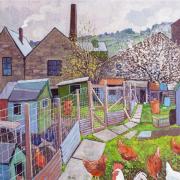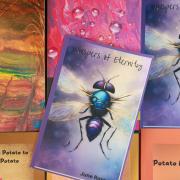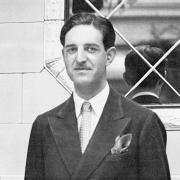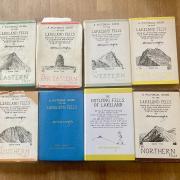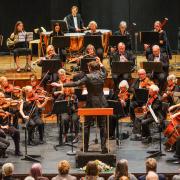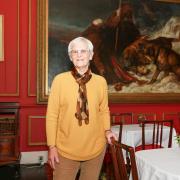It's the day many people look forward to all year. The day when they can relax, stop worrying and put their cares behind them. December 27th. It's when the Christmas fuss is over and things get back to normal.
Forgotten Lancashire and Parts of Cheshire and the Wirral is by Dr Derek J Ripley. To purchase a copy go to www.forgottenlancashire.co.uk
It’s the day many people look forward to all year. The day when they can relax, stop worrying and put their cares behind them. December 27th. It’s when the Christmas fuss is over and things get back to normal.
It’s also the day the shops re-open, selling goods at a fraction of their pre-Christmas price, when you can swap unwanted electronic gadgets for more practical presents such as patterned jumpers or socks. The exchange of unwanted gifts is one of the many traditions we now associate with Christmas. Others include sending cards to people we hardly speak to all year, such as a husband or wife, and switching off the lights at the sound of approaching carol singers.
Yet how many people appreciate that so many of our Christmas traditions originated here in Lancashire? By way of example, my research has determined that the custom of bringing a yule log or tree into the house actually originated in Todmorden, the former mill town which straddles the Lancashire/Yorkshire border. Residents of the Lancashire side of town would watch in amazement as their Yorkshire neighbours on the other side of the River Calder toiled building rudimentary dwellings around fir trees to celebrate the festive season. The quick-witted Lancastrians decided it would be easier to chop the tree down and carry it indoors.
It is widely believed that the red-hooded costume of the modern Santa was introduced as a marketing ploy by a famous American soft drinks manufacturer. It is probably less well known that, prior to this, Santa wore a muddy brown tunic. Father Christopher Moss was a semi-retired Leyland priest who supplemented his meagre income as the delivery driver for Whittaker’s of Preston, Lancashire’s premier manufacturer of fizzy pop.
He would deliver the delicious beverages to places as far away as Fishwick and Ashton-on-Ribble dressed in a brown tunic to promote the company’s prize-winning dandelion and burdock, often traveling through the night to make sure his customers received their precious supplies in time for Christmas.
In one famous advertising campaign he is portrayed coming down the chimney to deliver a bottle of the brown nectar to a typical Lancashire family whose rosy-cheeked children are shouting: ‘Father Chris Moss is coming!’
Today, the hooded stranger silently creeping about your house in the early has more than likely entered through a jemmied window and rather than leave eagerly-anticipated gifts will rather carry them with him when he leaves.
Christmas Day is for children, of course, and who would want to miss watching their little faces light up as they open their gifts - particularly if it’s a new torch or a state-of-the-art camping stove? But how many of them realise that for almost two thousand years Christmas was actually a religious festival which lasted just two days - Christmas Day and Boxing Day? Nowadays, many offices are closed for a fortnight and in some towns Christmas lights are switched on as early as October by a celebrity chef, soap star or the man who came third on I’m Famous Put A Wasp In My Mouth in 2008.
The Roman festival of Saturnalia was also celebrated at the winter solstice and was characterised by licentious behavior and excessive eating and drinking - very much like a modern Christmas.
May I take this opportunity to wish you all a very happy Lancashire Christmas and joy, prosperity and tripe for 2013.



